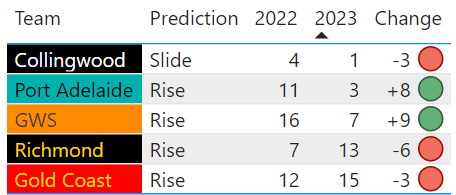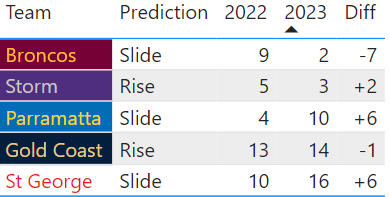The Novel Coronavirus - a Pandemic Disease Visualised
The Novel Coronavirus (2019-nCoV) has caused global alarm as the originally defined pneumonia cluster found in China has spread beyond its original source into various countries.
To keep you informed with the latest statistics on where it’s being diagnosed and how it’s being contained, the team at White Box Analytics have extracted the most up-to-date World Health Organisation data on the virus, providing you with an updated source on the numbers behind the virus.
The visualisation paints a picture about where the coronavirus is concentrated, as well as the countries it has spread to since its identification in early January. The Intensity map light on the high number of occurrences all over the world, and Hubei stands at the top, where the Wuhan seafood and live animal market thought to be the source of the virus, is located. Latest updates of WHO data shows this number is now in excess of 67,760 diagnoses in Hubei alone.
The trend component of the visualisation further shows the contrast between confirmed , recovered and death cases showing how the virus, acting as an alarming warning sign for the world, particularly those who have or are likely to travel to majorly affected locations. The WHO is however implementing a number of strategies to combat the virus that is yet to have a vaccine or proven treatment (see below).
and the trend lines show a variation between number of patients confirmed vs recovered cases over time.
Update 19th February 2020
This last week has been very fascinating in terms of how the Coronavirus is both being diagnosed, and how it is impacting the societies and economies of China and those related to it.
An issue with the virus has been that it has taken approximately two weeks to diagnose (using medical diagnostic tests) each person affected. The problem with using the diagnostic test as the sole measuring tool is that, due to the huge number of people picking up the virus on a daily basis, hospitals have not been able to test all people likely to have picked it up. By changing the diagnosis criteria to include those people who have been clinically diagnosed, many reports have shown a huge spike in the number of new diagnosed cases. Take, for example, this John Hopkins University chart showing new diagnosed cases, using the new criteria.
The jump reflects the first day the new criteria came into place. Despite this rise, however, the World Health Organisation have not changed the way they are recording the number of diagnoses. Looking at our visualisation now, we have updated it so you have the option to filter between clinically diagnosed and laboratory confirmed cases, as well as total cases which includes both. This paints an important picture about the way data is presented in the news, and in business projects; we need to be consistent with the way we use data, and when changes are made, stakeholders need to be informed so that there aren’t misconceptions about its implications.
In terms of its impact on the Chinese economy, Chinese e-Commerce giant Alibaba has rolled out a number of measures through its retail platform Tmall, to minimise the impact of Coronavirus on businesses using its marketplace. These measures include providing a free set-up tool (to launch on the platform), cutting annual service fees for the first six months of the year, and lowering automatic settlement, interest and trading related fees (source).
Despite these efforts however, the impact is having a huge effect on both China and the rest of the world. A New York Times update today (19/02/2020) has reported that more than 10% of China’s population are confined to their homes. This confinement has taken its toll, leading Hong Kong bank, HSBC, to plan to cut up to 35,000 jobs with reported losses of $4.5 billion (source).
Update 10th March 2020
There has been a significant change in statistics for the past few weeks, an interesting thing to notice in terms of cases is that, according to situation report WHO, the ratio between the confirmed cases and recovered cases in china alone is 1:0.7 which says that out of 100% percent of people who are confirmed as covid-19 infected 70% of people recovered.
Information about the virus
Origin -
It has been reported that the likely source of the virus was the Huanan Wholesale Seafood Market in Wuhan (source).
Symptoms -
The coronavirus exists in a number of forms and is associated with respiratory and gastro-intestinal issues often associated with a common cold or the flu. These symptoms vary from mild to moderate.
Potential harbingers of COVID-19:
Researchers says that there is a higher risk of getting covid-19 when given a moderate handshake than giving a fist bump. Have a look at the other potential bringers of covid-19 below
Current strategies for prevention -
Education through online training - informative articles and video tutorials about the source, spread and warning signs of coronavirus. By identifying the signs and symptoms identified above, people can help prevent the further spread of the virus.
Accelerating research and innovation - The WHO is playing a coordinating role by bringing the scientific community together, identifying key research priorities. It will produce a global research agenda and a framework to decide which projects are undertaken first. The aim will be to fast-track development and evaluation of effective diagnostic tests, vaccines, and medicines, and to bring affordable access to vulnerable populations, leveraging community engagement.
Expenditure for global preparedness - a US$675 million preparedness and response plan has been developed to cover strategies to combat the virus between February and April 2020.












